MEMS Inertial Switch for Military Applications †
Abstract
:1. Introduction
2. Design and Fabrication of MEMS Switch
3. Test and Analysis Results
4. Conclusions
Conflicts of Interest
References
- Loke, Y.; Mckinnon, G.; Brett, M.J. Fabrication and Characterization of Silicon Micro Machined Threshold Accelerometer. Sens. Actuators A Phys. 1991, 29, 235–240. [Google Scholar] [CrossRef]
- Tonnesen, T.; Ludtke, O.; Noetzel, J.; Binder, J.; Mader, G. Simulation, Design and Fabrication of electroplated acceleration switches. J. Micromech. Microeng. 1997, 7, 237–239. [Google Scholar] [CrossRef]
- Lee, J.I.; Song, Y.; Jung, H.K.; Choi, J.; Eun, Y.; Kim, J. Carbon Nanotubes Integrated Inertial Switch for Reliable Detection of Threshold Acceleration. In Proceedings of the Solid State Sensors, Actuators and Microsystems Conference, Beijing, China, 5–9 June 2011; pp. 711–714. [Google Scholar]
- Michaelis, S.; Timme, H.J.; Wycisk, M.; Binder, J. Additive Electroplating Technology as a post CMOS process for the production of MEMS acceleration threshold switches for transportation application. J. Micromech. Microeng. 2000, 10, 120–123. [Google Scholar] [CrossRef]
- Kim, H.; Jang, Y.; Kim, J. MEMS Acceleration Switch with Bi-directional Tunable Threshold. Sens. Actuators A Phys. 2014, 208, 120–129. [Google Scholar] [CrossRef]
- Massad, J.E.; Sumali, H.; Epp, D.S.; Dyck, C.W. Modeling, Simulation and Testing of the Mechanical Dynamics of an RF Mems Switch. In Proceedings of the 2005 International Conference on MEMS, NANO and Smart Systems, Banff, AB, Canada, 24–27 July 2005; pp. 237–240. [Google Scholar]
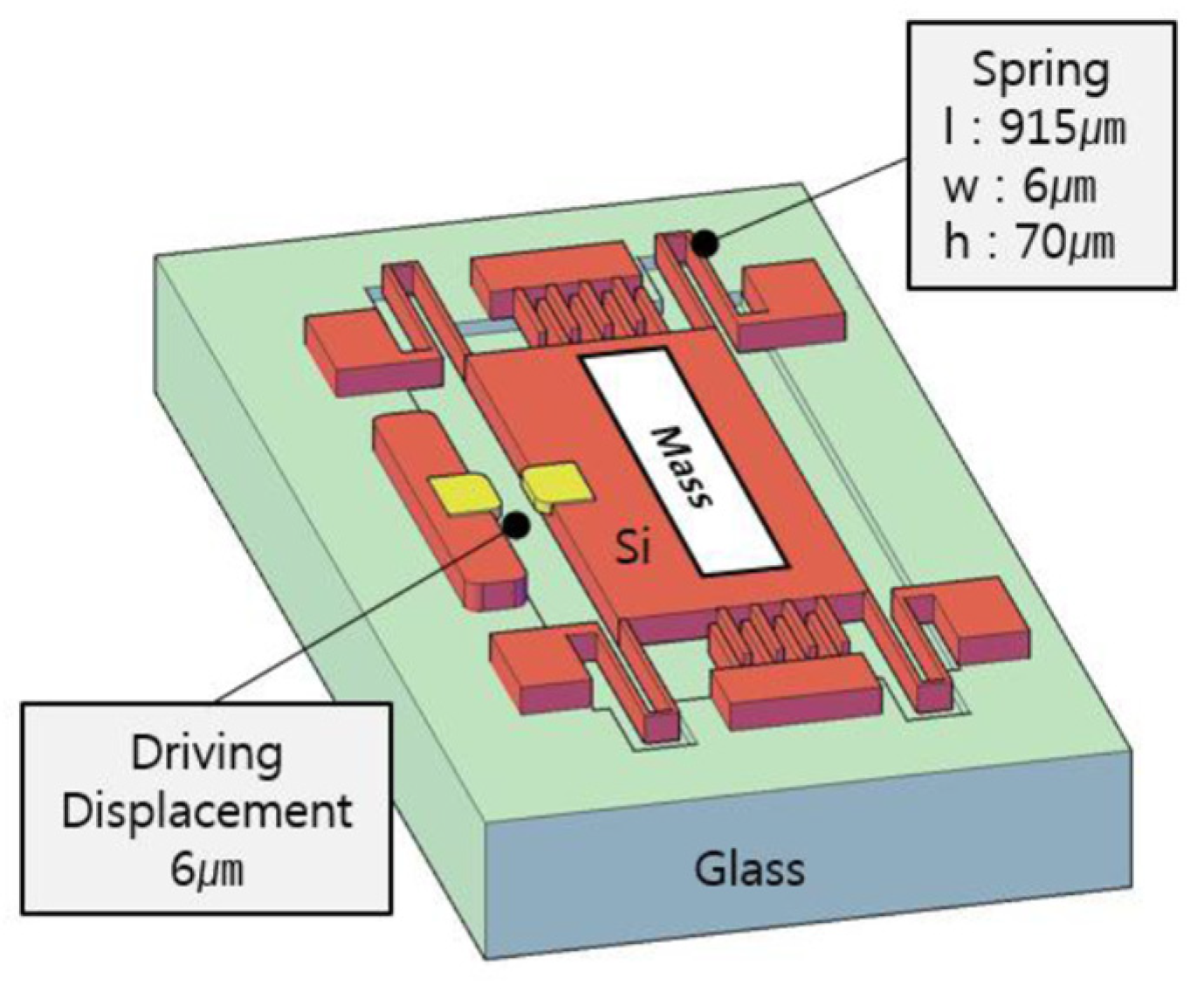
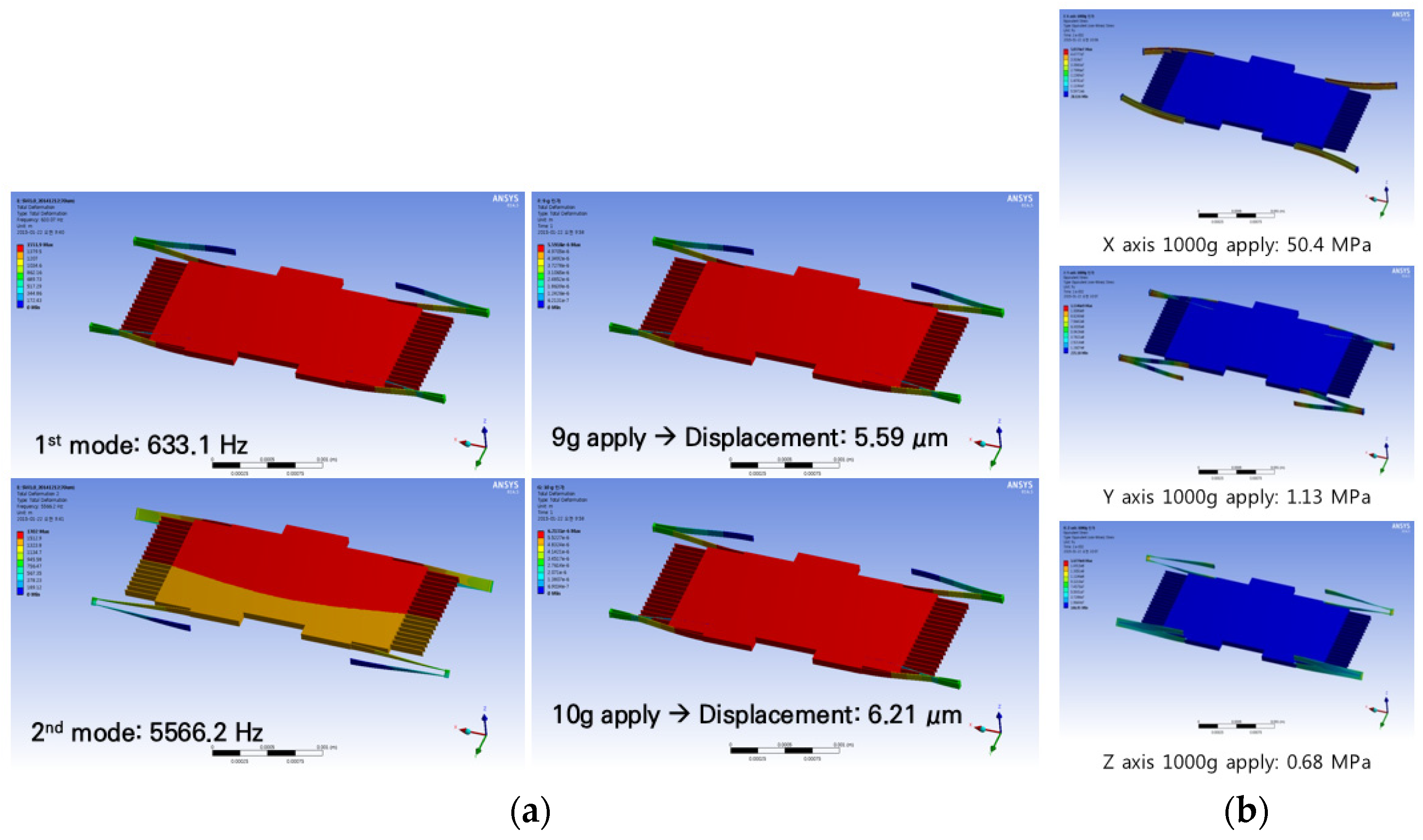
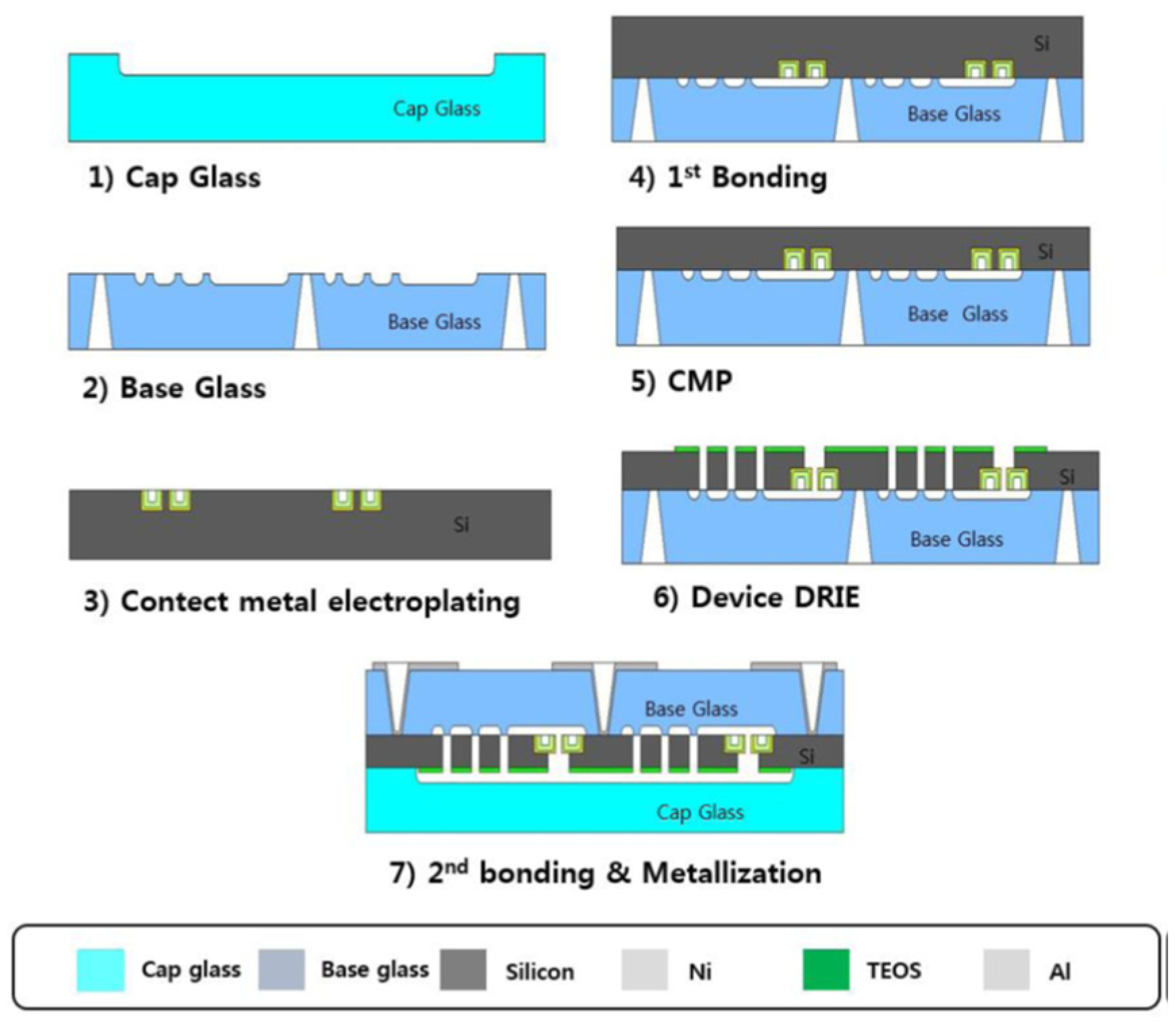
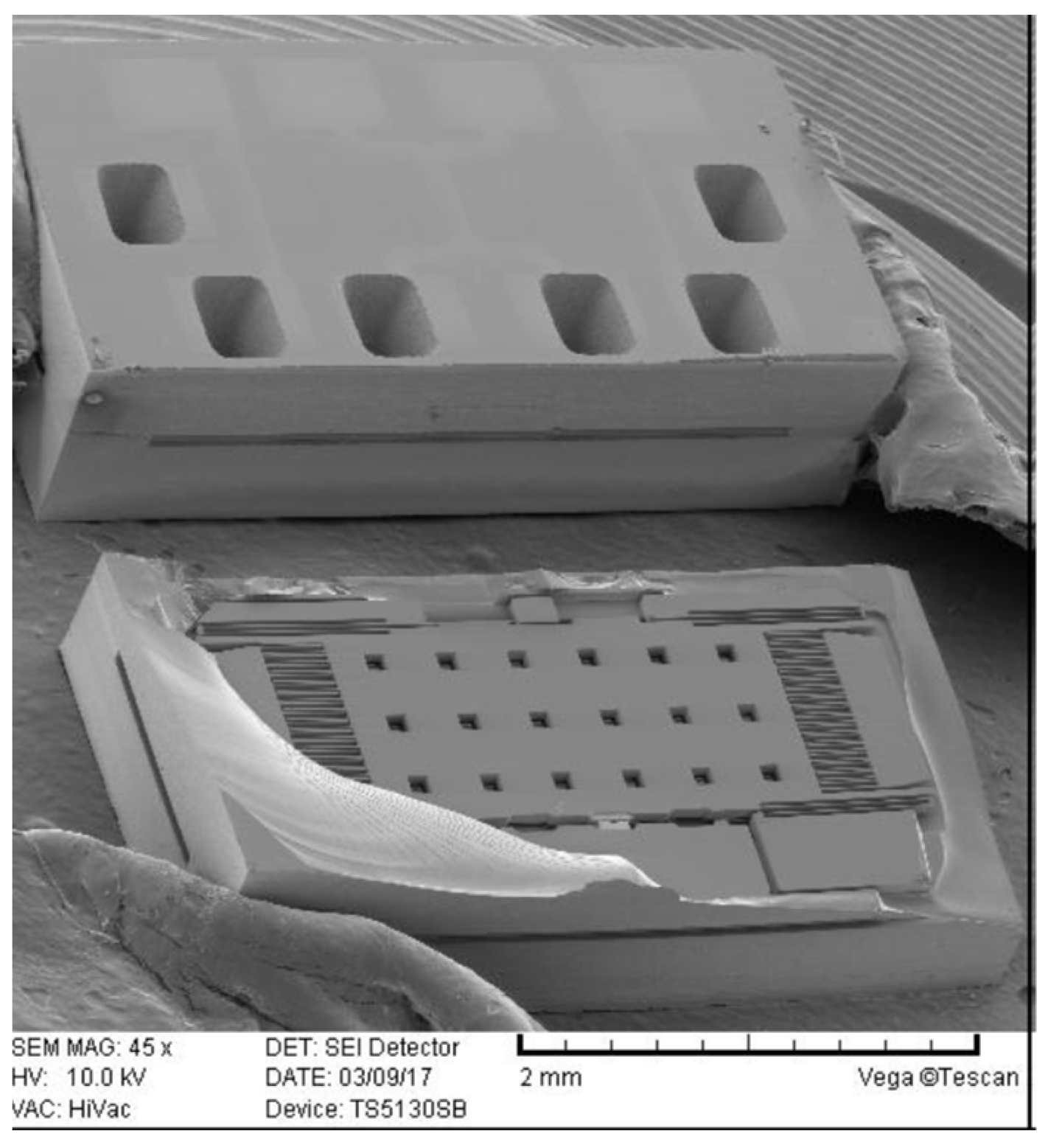
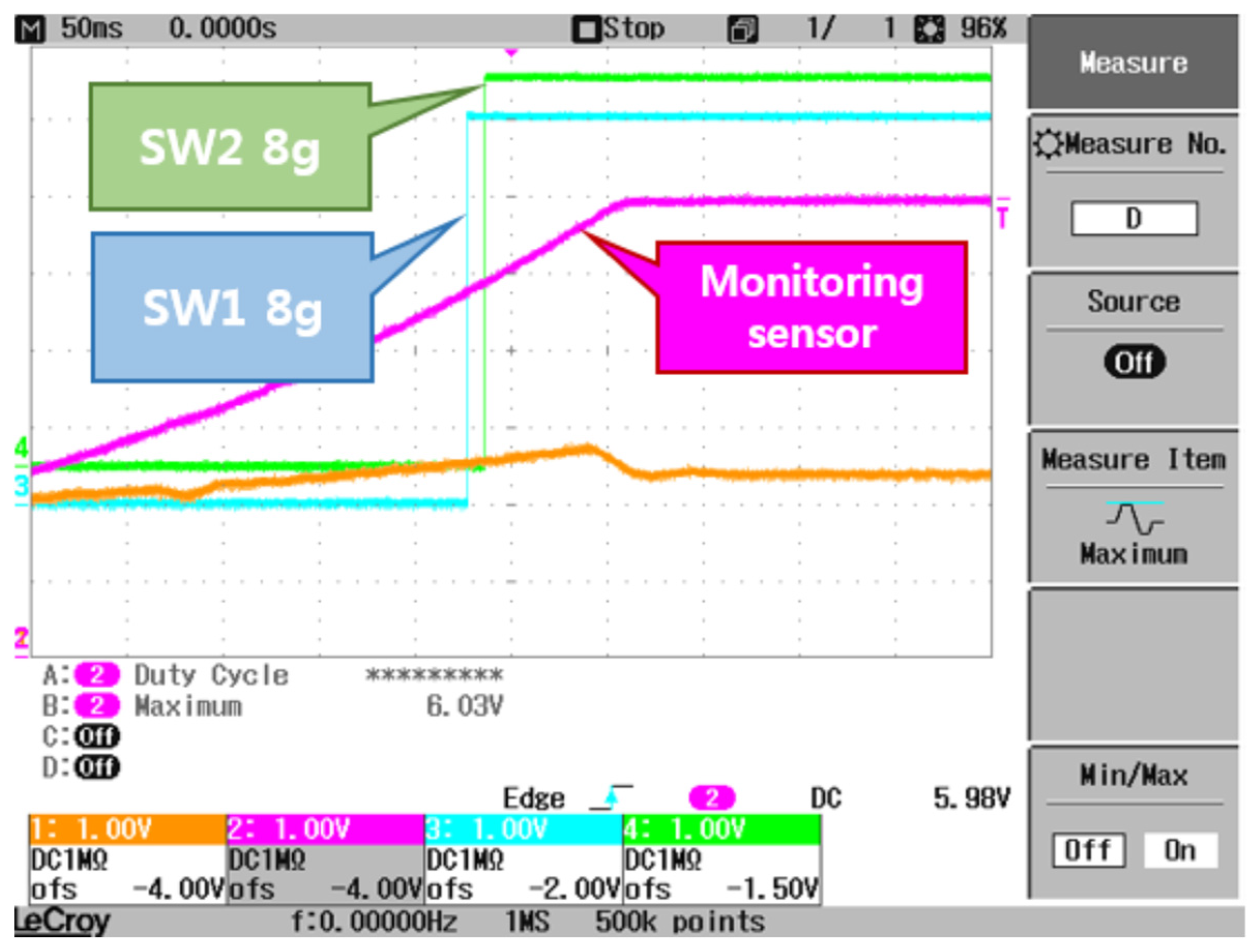
Publisher’s Note: MDPI stays neutral with regard to jurisdictional claims in published maps and institutional affiliations. |
© 2017 by the authors. Licensee MDPI, Basel, Switzerland. This article is an open access article distributed under the terms and conditions of the Creative Commons Attribution (CC BY) license (https://creativecommons.org/licenses/by/4.0/).
Share and Cite
Lee, H.-N.; Jang, S.-G.; Lee, S.; Lee, J.-S.; Hwang, Y.-S. MEMS Inertial Switch for Military Applications. Proceedings 2017, 1, 343. https://doi.org/10.3390/proceedings1040343
Lee H-N, Jang S-G, Lee S, Lee J-S, Hwang Y-S. MEMS Inertial Switch for Military Applications. Proceedings. 2017; 1(4):343. https://doi.org/10.3390/proceedings1040343
Chicago/Turabian StyleLee, Hyo-Nam, Seung-Gyo Jang, Sungryeol Lee, Jeong-Sun Lee, and Young-Suk Hwang. 2017. "MEMS Inertial Switch for Military Applications" Proceedings 1, no. 4: 343. https://doi.org/10.3390/proceedings1040343




